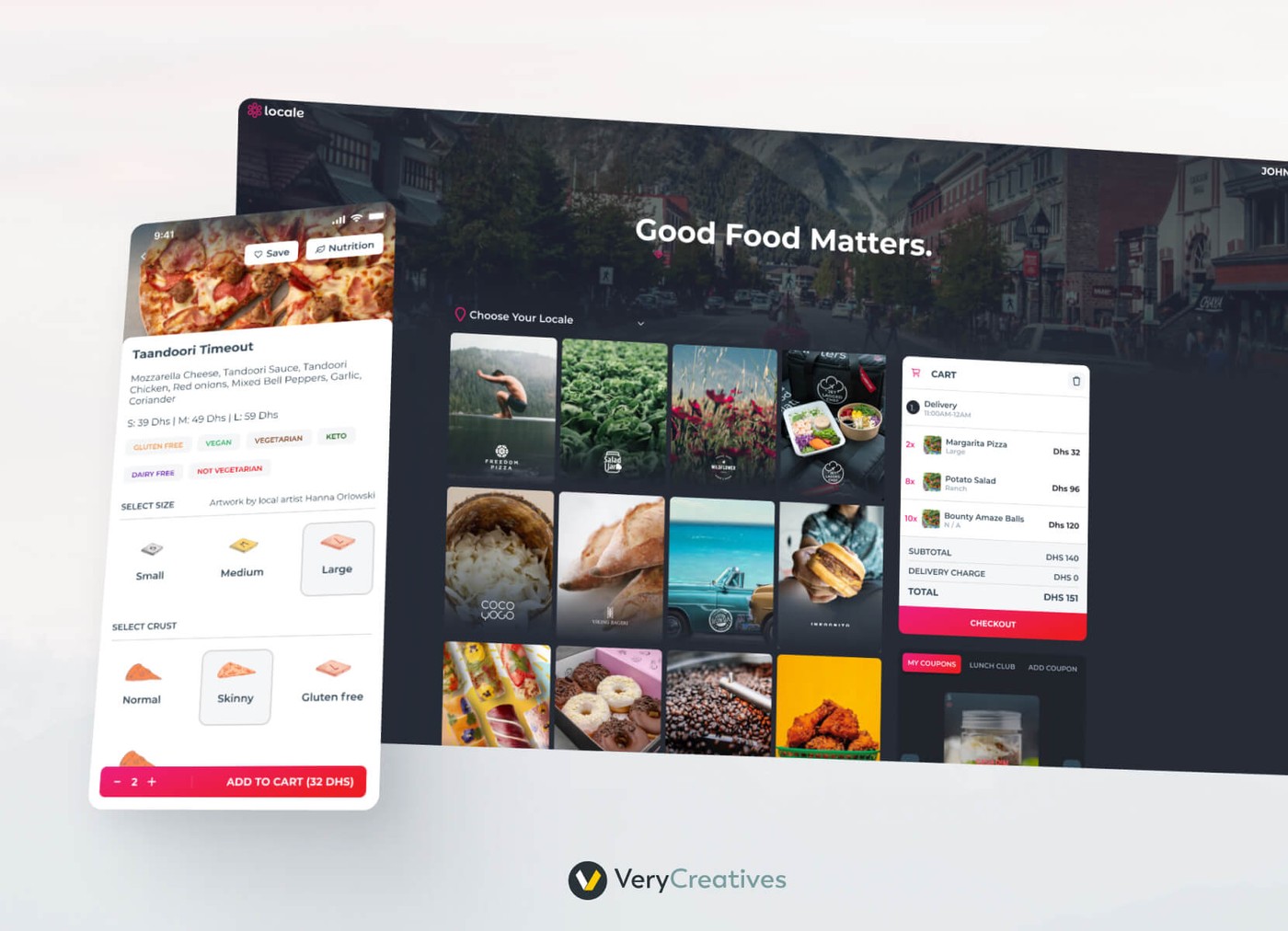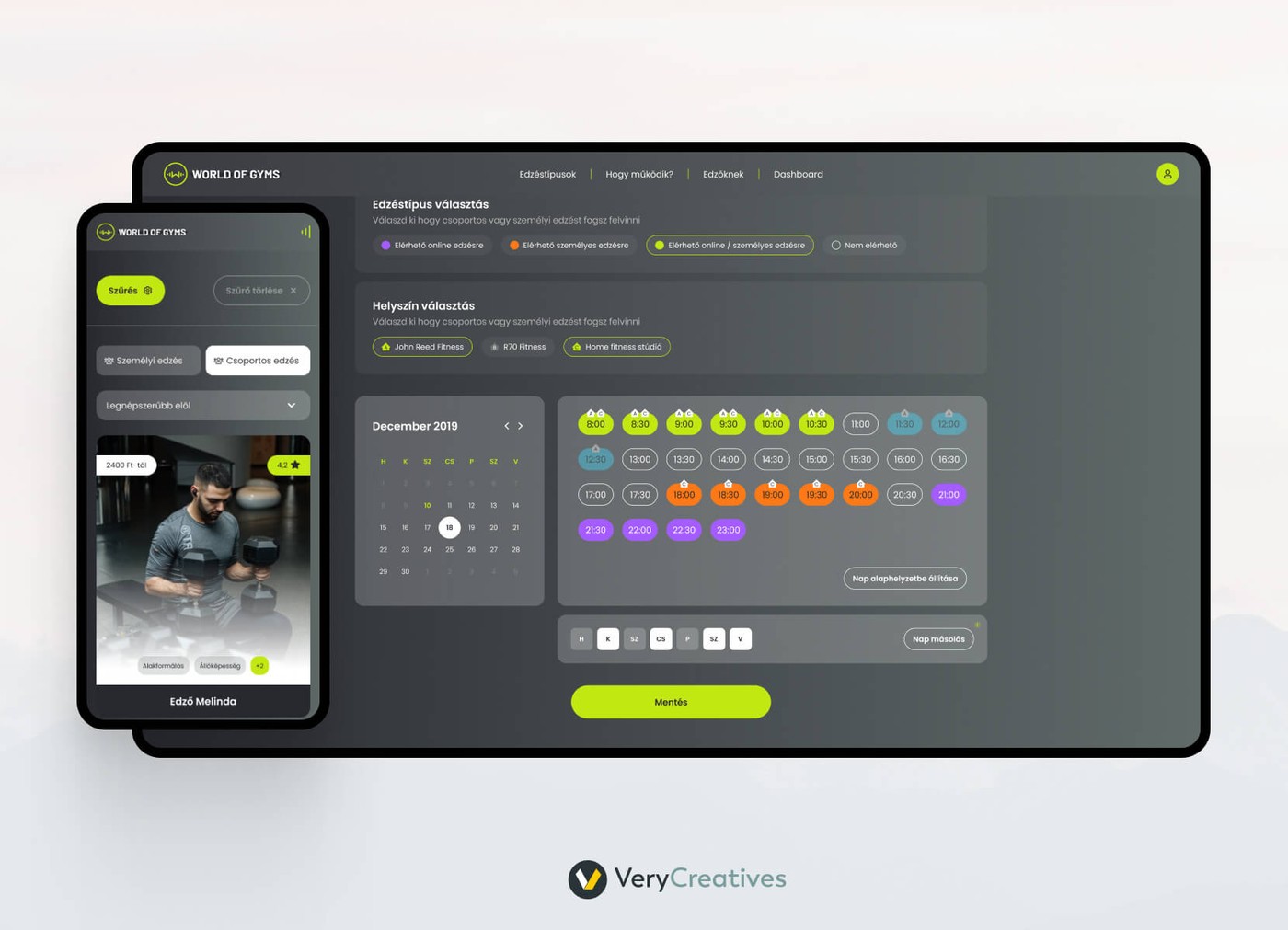The world of Software as a Service (SaaS) can be intimidating, especially for those without tech experience. It can be frustrating to have a SaaS idea but lack the skills to implement it.
However, resources like no-code SaaS builders have made becoming a SaaS coder more attainable than ever.
This article will discuss how non-technical founders can build a SaaS product. We’ll also show you how digital product agencies can assist throughout the process.
Embracing the SaaS Journey: A Guide for Non-Technical Founders
SaaS is a software delivery model that allows access to software online through a subscription. Popular examples include cloud-based apps like Google Docs and Asana.
With SaaS, there is no need to buy and install software on individual computers. Access is available through a web browser.
The SaaS provider handles updates and maintenance, eliminating the need for manual software updates.
Today, several industries, both small and large-scale, have adopted SaaS solutions. Their flexibility and cost-effectiveness makes them an excellent option for non-technical entrepreneurs.
Previously, you’d need significant expertise, such as coding skills, to enter the tech world. However, the landscape is changing.
The rise of no-code companies and builders has simplified the journey for non-tech entrepreneurs.
A no-code SaaS builder is a platform that allows the creation of SaaS apps without traditional coding skills.
Non-technical entrepreneurs can focus on customer needs, market gaps, and user experience instead of the technical aspects.
Entrepreneurs now have access to a large number of no-code SaaS builders and digital product services. Beginner-friendly options include Glide and Bubble.
From Vision to Viable Product: The Role of a Digital Product Agency
Turning your vision into a profitable reality requires more than just a great idea. A strategic approach, a user-friendly design, and a clear path to market are essential.
A digital product agency experienced in SaaS development can transform your concept into a market-ready product.
They offer a blend of technical skills, market insights, and design expertise, beneficial for those without a coding background.
Agencies handle every step with precision and care, from concept validation to product launch. They can also help recognize MVP development red flags.
Services offered in the product development process include:
- Strategic Planning: Defining user personas and conducting competitive analyses to ensure the product aligns with market demands.
- Product Design: Utilizing UI/UX design experience to ensure the product is functional and intuitive, essential for enhancing user experience and reducing churn rates.
- Minimum Viable Product (MVP) Development: Developing the most basic version of a product for market release and incorporating essential features.
Crafting Your SaaS Idea: Strategy, Design, and Development
Turning your SaaS idea into reality involves careful planning at every stage, including strategy, design, and MVP development.
Product Strategy
A well-thought-out product strategy is vital. Planning should include everything from the target market to setting realistic goals.
For example, developing a SaaS product for small businesses to manage online customer feedback might involve:
- Defining an Objective: Creating a user-friendly platform to collect feedback from various social media channels into a single dashboard.
- Market Research: Refining the idea by researching how small businesses manage feedback across several platforms.
- Competitor Analysis: Analyzing competitors to find a market gap your product can fill.
- Unique Value Proposition: Identifying that existing feedback management tools are either too expensive or complex, making your product affordable and easy to use.
- Setting Goals: Creating an MVP for short-term feedback and adding more features for long-term expansion to medium-scale businesses.
- Creating a Roadmap: Outlining key development stages, from MVP creation to feature enhancements, and setting milestones to keep the project on track.
Product Design
Design is about creating an intuitive, user-friendly experience. Principles of effective SaaS product design include simplicity and consistency, with a focus on user experience.
Applying these principles to the previous example:
- Simplicity: The design should be easy to navigate, with a dashboard providing an at-a-glance view of customer feedback.
- Consistency: Using specific colors consistently for action buttons to create a seamless experience.
- User-Centricity: Prioritizing easy data interpretation features, like categorizing feedback.
- Responsive Design: Ensuring functionality across devices like laptops, phones, and tablets.
- Accessibility: Including features like text-to-speech functionality, keyboard navigation, and high-contrast color options for inclusivity.
MVP Development
MVP development validates a product idea in the market with minimal resources. It lets you test and gather feedback before a full product launch.
According to the response, you can make iterations before launching your product. If you have limited tech knowledge, consult an agency to help avoid SaaS MVP mistakes.
For the previous example:
- Identifying Core Features: The core feature is integrating the SaaS tool with popular social media platforms, planning the cost of MVP development accordingly.
- Building the MVP: Creating a simple yet unique MVP, initially supporting Twitter and Facebook for feedback integration.
- Testing and Feedback: Offering a trial to small business owners and collecting their feedback.
- Iterating based on Feedback: Making product iterations to meet user needs, such as enhancing the interface or analytics feature.
- Preparing for Full Launch: Expanding features, increasing scalability, and marketing the MVP for a full-scale launch.
Understanding the Technical Side
Understanding the basics of programming languages, like Java and Python, is crucial, even for non-technical entrepreneurs. This will ensure your product is scalable.
Hiring a digital product service can help navigate the technical side of SaaS software development. However, having some technical knowledge is essential for informed decision-making.
For those scared by the technical side, VeryCreatives offers assistance through all stages. We’ll guide you through strategy, design, and MVP development.
Let’s look at some examples of projects VeryCreatives has worked on. We’ll also discuss the tech expertise we brought to each project.
Locale
Locale is a food ordering and delivery platform based in Dubai. The platform gained a lot of attention and success within two years of launching.

For this project, our team at VeryCreatives was in charge of delivering the full platform. This included both web and mobile apps and a discount and loyalty module.
We also designed a comprehensive design system. Our team integrated push notifications, subscriptions, and credit card payments into the platform.
We developed Locale using various technologies, including:
- Elixir and Phoenix: To create a dynamic and responsive app
- PostgreSQL: Our database tech of choice for its robustness and reliability
- AWS: Our hosting service for this project
- Vue.js: Javascript framework used in building the app interface
- Swift and Kotlin: Our programming languages for iOS and Android development, respectively
We also included customized item options, dietary profiles, order tracking, and special offers. It’s also compatible with Apple Pay and Apple Watch.
World of Gyms
World of Gyms is a platform that connects sports enthusiasts with professional trainers. Users can choose from different sports and book appointments with trainers.

The platform features integrated video call options for live training sessions. It also has a detailed trainer search feature with filter options.
The main deliverables for this platform included a comprehensive design system with wireframes. We also helped build a strong brand identity for the platform.
VeryCreatives has incorporated two main technologies to achieve these deliverables:
- Figma: An interactive design tool that we used for real-time collaboration and prototyping
- Adobe Creative Cloud: A suite of creative tools used for the app’s visual elements and UX design
Beyond Launch: Scaling and Evolving Your SaaS Business
After launch, the challenge is to scale and adapt the business according to market demands, including:
- Expanding product offerings
- Improving infrastructure
- Using analytics and SEO tools
- Exploring strategic partnerships
- Working with a digital product agency for scaling, updates, security, brand development, advisory on diversification, and enhancing customer support
The SaaS industry’s constant technological advancements and shifting user expectations require adaptability. If necessary, alter the business model, market strategy, or target audience according to industry trends.
Implementing agile methodologies, like Scrum, can accommodate changes and updates quickly.
Summary
Building a SaaS without technical skills is challenging. But with the rise of no-code SaaS platforms and digital product agencies, it’s more possible than ever.
For assistance, VeryCreatives is available to guide you through all development stages and address concerns.
Book a free call with VeryCreatives and turn your SaaS idea into reality.